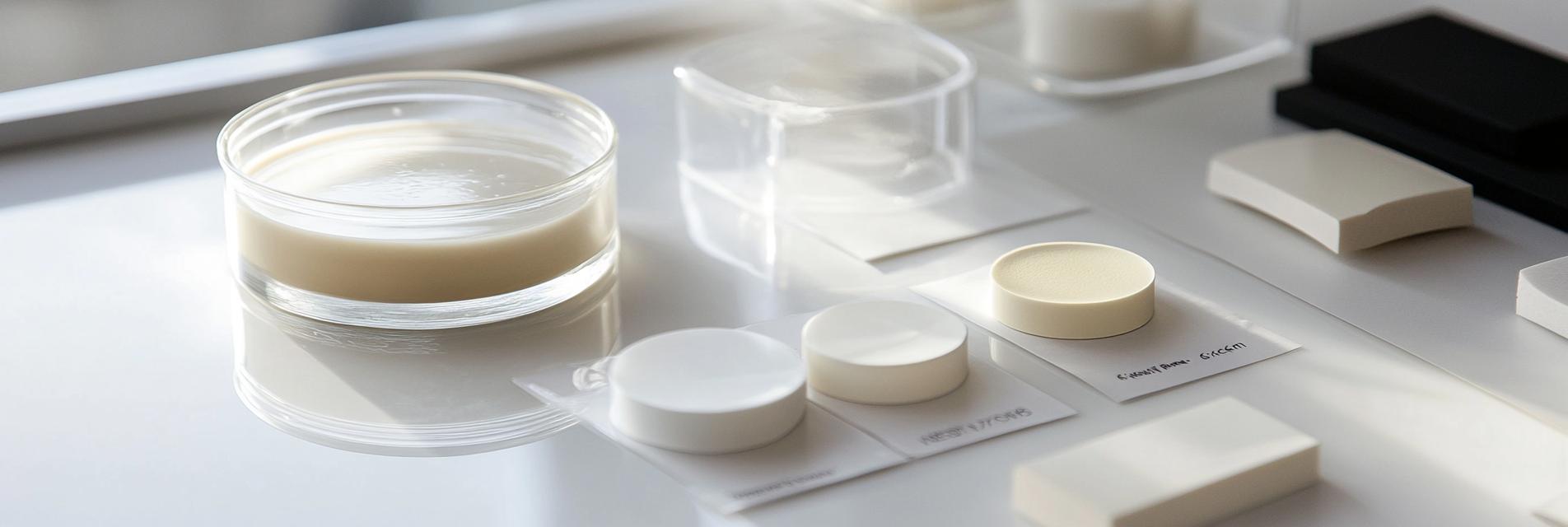Welcome, dear readers! Today, we’re diving into the ever-evolving world of rubber. Yes, that’s right! The material that keeps your tires rolling and your shoes comfy has a fascinating tale to tell. Join me as we humorously unravel the battle of Natural Rubber vs Synthetic Rubber and the decisive factors behind recipe optimization. 🎉
First up, we have our classic hero - Natural Rubber. Sourced from the sap of rubber trees, it’s like the organic food of the rubber world. It’s known for its excellent elasticity, resilience, and natural strength. But let’s face it - natural rubber can be a bit finicky. 🌳 It reacts to environmental factors, and its supply can be unpredictable, making consistency a challenge.
Enter Synthetic Rubber - our modern-day prodigy, created through chemical reactions in laboratories. 🎩 This superhero of the rubber world boasts superior durability and resistance to extreme conditions. However, it comes with its own set of challenges, primarily concerning its environmental impact. Can you hear the rubber debate heating up? 🔥
Now, let’s get down to the juicy details! What really goes into the optimization of these rubber recipes? Here are the key factors:
With these factors in mind, the rubber industry is continually innovating and adapting. Companies are always on the lookout for that magic recipe that marries the best qualities of natural and synthetic rubber. 🤝 So, whether you’re a tire manufacturer or just a rubber duck enthusiast, understanding these nuances can help you make informed choices.

As we wrap up our journey, it’s clear that the future of rubber is bright! With advancements in material science, the synergy between natural and synthetic rubber may pave the way for more sustainable solutions. 🌍 Who knows, we might just have a hybrid rubber that offers the best of both worlds!
So, let’s cheer for our rubber buddies – the natural and synthetic champions! 🥳 Which one will you choose for your next project? Remember, every decision counts in this ever-evolving rubber tale!
